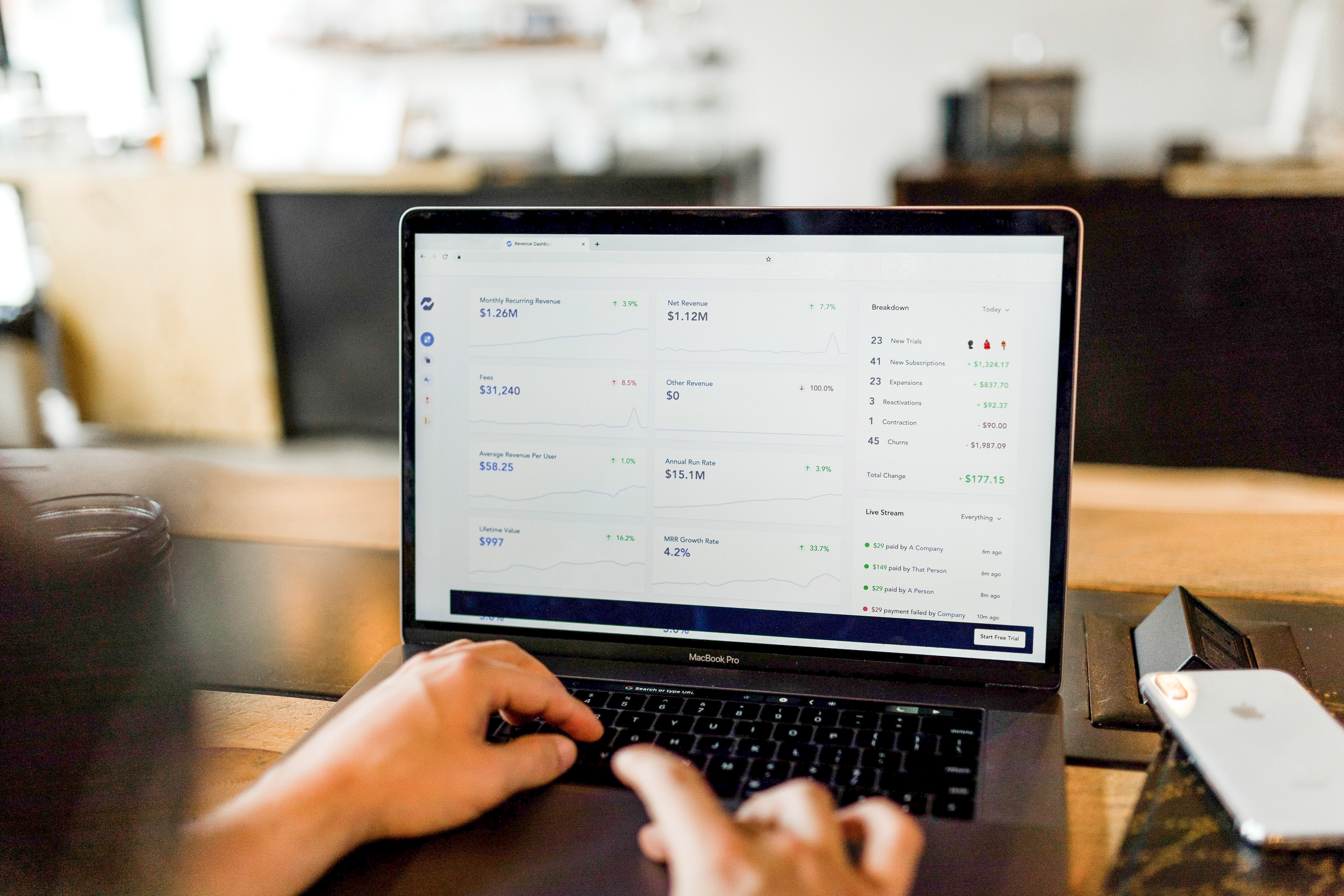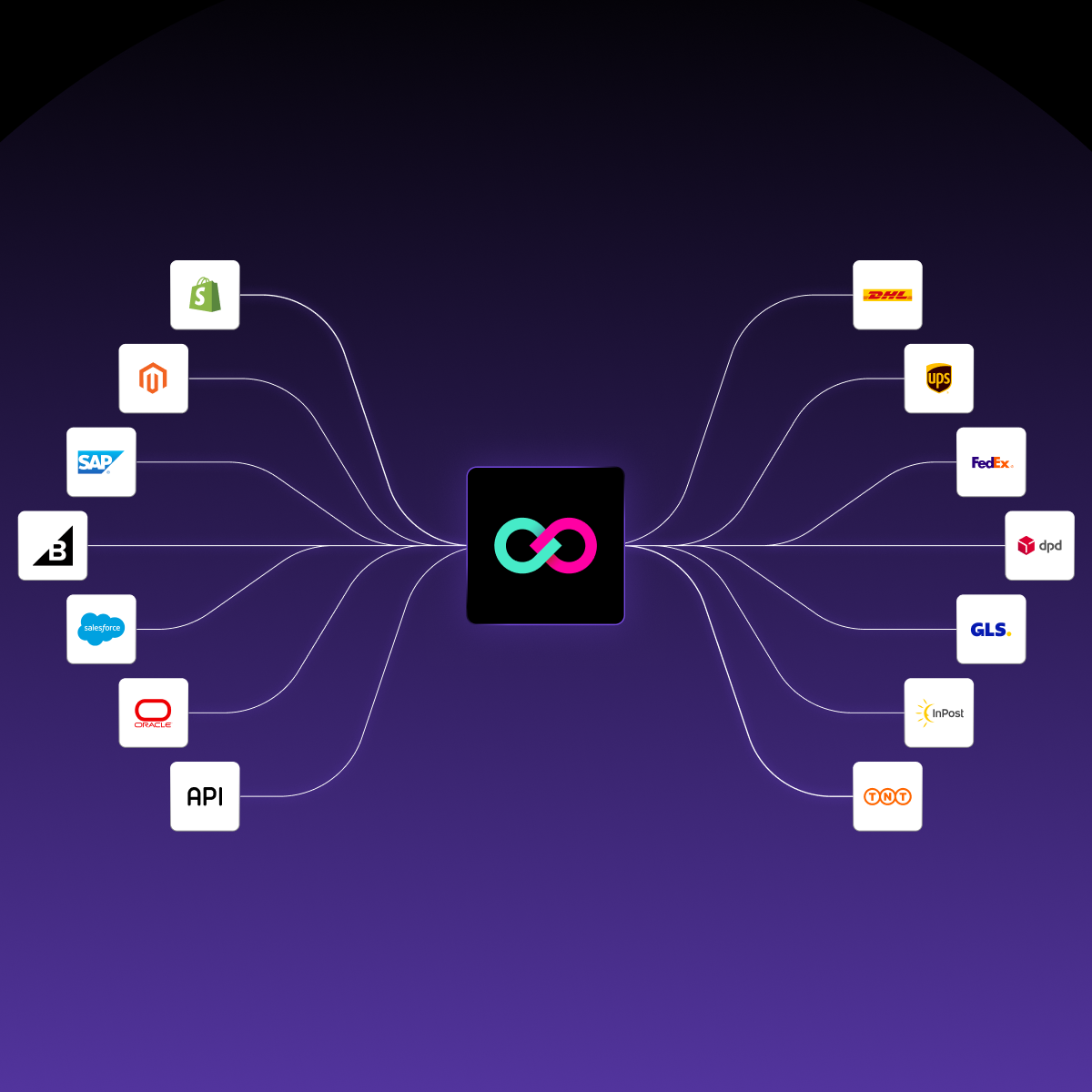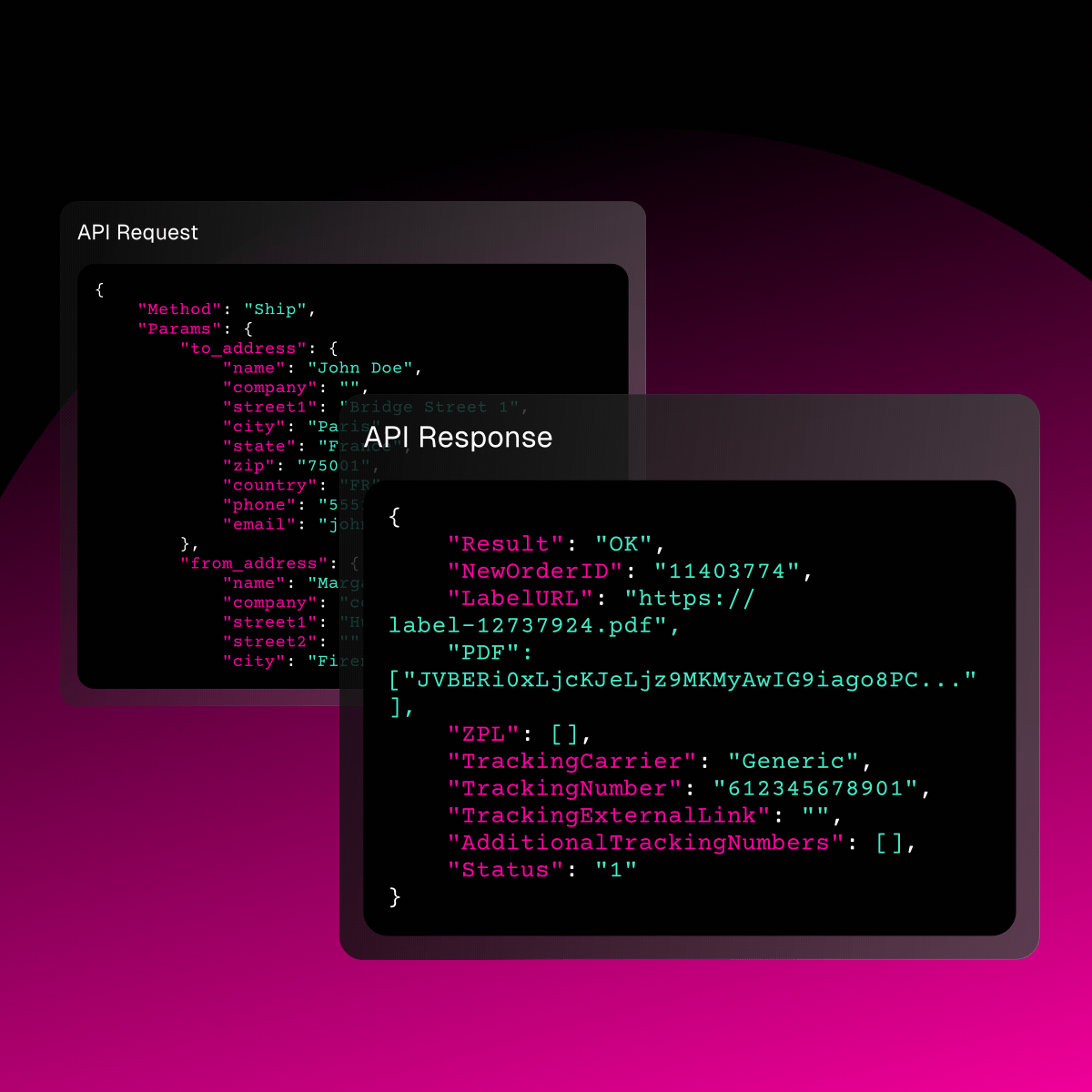The psychology behind pricing: understanding consumer behaviour

One of the biggest challenges of any business is making sure that products or services are sold at a price that is fair to customers and at the same time profitable for the company. Fortunately, there is a science that everyone who works in the entrepreneurial field can apply: psychological pricing.
The big question is, how do companies like Apple manage to sell their products at prices perceived as "high but necessary"? Why would no one ever dream of saying that a Tesla is too expensive for its quality?
These and many other questions are answered precisely thanks to psychological pricing. In this article you will find out exactly how psychological pricing works, psychological pricing examples and which useful strategies you can implement to increase the revenue of your business while ensuring you serve satisfied customers.
What is psychological pricing
Psychological pricing is a strategic approach that leverages the price of products to influence consumers' purchasing behaviour. In short, it satisfies their psychological needs through deliberate and targeted techniques.
Price can therefore become a marketing tool used to influence how a product is perceived, making customers more or less inclined to make a purchase.
Based on the customer's goal, psychological pricing satisfies a certain need, namely save money, invest in high-quality products, get a good deal and so on.
Even if at first glance brand communication and product presentation appear to be the primary differentiating factors, price itself should not be underestimated.
Psychological factors in pricing
We talk about psychological pricing because people don't just take price into consideration when they have to make a purchasing decision, but many other factors come into play, many of which are psychological.
Purchasing decisions are divided between emotional and rational.
Emotional factors come into play when consumers buy the products of a brand to which they are extremely loyal, almost instinctively, "with their eyes closed", without questioning the price.
Rational factors are the ones that lead consumers to evaluate the value for money and carefully examine the characteristics of a product.
For example, when presented with two versions of the same car model - one with standard equipment and one with full-optional - the higher price of the latter is often automatically perceived as normal and fair by a customer.
Similarly, if a customer must choose between two different cars - one from the brand they have been loyal to for years and one from a brand they have never personally tested - they will be inclined to choose the familiar brand, regardless of the selling price.
Psychological pricing aims to increase the perceived value of a product or service, instilling a sense of confidence in the customer; they need to be sure they are making a wise and favourable purchase.

What is psychological pricing used for?
Psychological pricing makes your customers perceive the prices of your products as "right", regardless of whether they are high or low, because you have implemented the right strategies to satisfy their needs.
Implementing the right strategies is essential.
We often tend to think that lowering prices is an effective strategy to sell more, but this scenario is almost always incomplete.
This is because, although a lower price can attract more people, the company must be careful not to lose money.
For example, imagine that you've calculated a certain price for your product, considering manufacturing costs, marketing costs, distribution costs, and so on.
After some time, you feel that sales are insufficient and decide - without applying any specific criterion- to offer that product at half price.
You'll likely make more sales, but those revenues won't be enough to pay you back, and your business will end up making a loss.
Therefore, an increase in the number of products sold does not necessarily correspond to an increase in revenue.
This is where psychological pricing strategies come into play.
So, let's discover the best psychological strategies to determine a price for your products and services.
8 psychological pricing strategies for 2023
Here are the best psychological pricing strategies you can use for your business.
- Focus on scarcity in terms of time or quantity
- Anchoring effect
- Price framing: Present prices in a strategic manner
- Separate costs to change how prices are perceived
- Use charm pricing and odd-even pricing
- Offer flat rates
- Offer instalment options
- Mention the daily equivalent
Let's analyse these strategies in detail.

1. Focus on scarcity in terms of time or quantity
Communicating a sense of urgency to customers is one of the most widely used psychological pricing strategies.
It is based on the principle that customers will feel the urge to conclude the purchase in the shortest possible time, if prompted by phrases such as "last hours to take advantage of", "last pieces available", "still available for a few hours".
The goal is therefore to encourage customers to make purchases as quickly as possible, so that they do not risk missing out on the chance to buy your product or service.
2. Anchoring effect
The functioning of this psychological pricing strategy is very simple; by presenting consumers with a higher price than the one at which the product is currently sold, they will immediately believe that this is an offer that can’t be missed.
For instance, if your product is on sale for £68.99, accompanied by a flyer indicating that the regular price is £121.89, your customers will want to finalise the purchase as quickly as possible to avoid having to pay the higher “standard" price for the same product.
3. Price framing: Present prices in a strategic manner
It may seem too superficial to you, yet the way you present the price of your products has a huge impact on the perception your customers have.
For example, £11 looks lower than £11.00 because of the fewer digits.
The number of syllables also influence consumer psychology. Even though prices are shown in numbers, our brain automatically encodes them into words. In this sense, £27.82 seems higher than £28.16, because the price that is phonetically longer is perceived as higher.
4. Separate costs to change how prices are perceived
Separating price into its different components can help change how consumers perceive it.
For example, if you've included the cost of shipping in your selling price so far, you could try the reverse approach.
Instead of selling a product for £15 with free shipping, you could sell it for £11.99, specifying that shipping will cost £2.99.
5. Use charm pricing and odd-even pricing
Charm pricing consists in setting a product price slightly below a round figure by subtracting a penny, subtly "tricking" the brain and creating the impression of a much lower price.
If £5 becomes £4.99, our brain will focus on the 4, and we will perceive the product as more affordable.
Similarly, odd-even pricing is based on the principle that consumers are more likely to purchase products whose price ends in an odd number rather than an even number.
6. Offer flat rates
Offering your customers flat rates is a great way to influence their psychology.
Of course, this psychological pricing strategy isn't applicable to all types of businesses, but if you were to find a way to charge your customers a flat rate that includes several products and/or services, you'll find that they'll even be willing to pay a higher price to avoid unpleasant surprises.
7. Offer instalment options
It might surprise you to find out how many people are driven to purchase when they can pay in instalments.
This might make more sense for products that are sold at higher prices, but that doesn't mean you can't test this psychological pricing strategy with lower prices too.
For example, if you sell an online course for £199, offer your customers the option to split the cost into 3 instalments of £66.
8. Mention the daily equivalent
A highly effective psychological pricing strategy for businesses who sell services, is to visually demonstrate the cost of using the service on a daily basis, breaking down the total cost in a daily rate for their customers.
So, if the selling price of your service is £14.99 a month, remind people that it's like spending $0.49 a day, or compare that daily equivalent to the cost of a real product, like a coffee. 
Psychological pricing: conclusion
By now you should have understood that there is no psychological pricing strategy that is better than others, and that what counts is knowing your customers' goals and testing the different strategies until you find the one that is best suitable for them and your business.
Remember that the most important thing is to clearly communicate the value of what you sell.
Truly loyal customers don't need psychological pricing strategies to be convinced, they will buy your product or service because they believe in you and your brand; buying the product will give them a higher value than the price they have to pay.
Psychological pricing: Frequently Asked Questions
How can you present prices effectively?
According to psychological pricing strategies, presenting prices effectively means you should avoid talking directly about the price and instead focus on communicating the value of what you offer, explaining exactly what people will get once they buy your product or service.
What is the best way to write prices?
Avoid round figures such as £5.00 or £100, and instead opt for numbers that are close to them, such as £4.99 or £99.98. In terms of earnings for your business, little will change, but the customer will have a different impression. In the UK, the currency symbol is typically placed before the figure.
How is the selling price of a product calculated?
There are several strategies to determine the selling price of a product. You can apply price skimming to maximise profits when you launch a product, you can apply a pricing strategy based on cost or on what your competitors are doing, or even determine the price based on the value your customers perceive.
How can you increase list prices?
Before raising list prices, you should make your products or services irreplaceable, emphasising the exceptional quality of your service. You can then gradually increase prices, explaining why but without apologising. Finally, make sure you inform your customers of the price increase before they buy your products, in order to avoid a counterproductive surprise effect.
Passionate freelance copywriter, with a niche in ecommerce and logistics. When collaborating with ShippyPro, she loves writing about trends, marketing and communication strategies to help brands gain an edge in an ever-evolving digital landscape.






.webp)



.webp)
